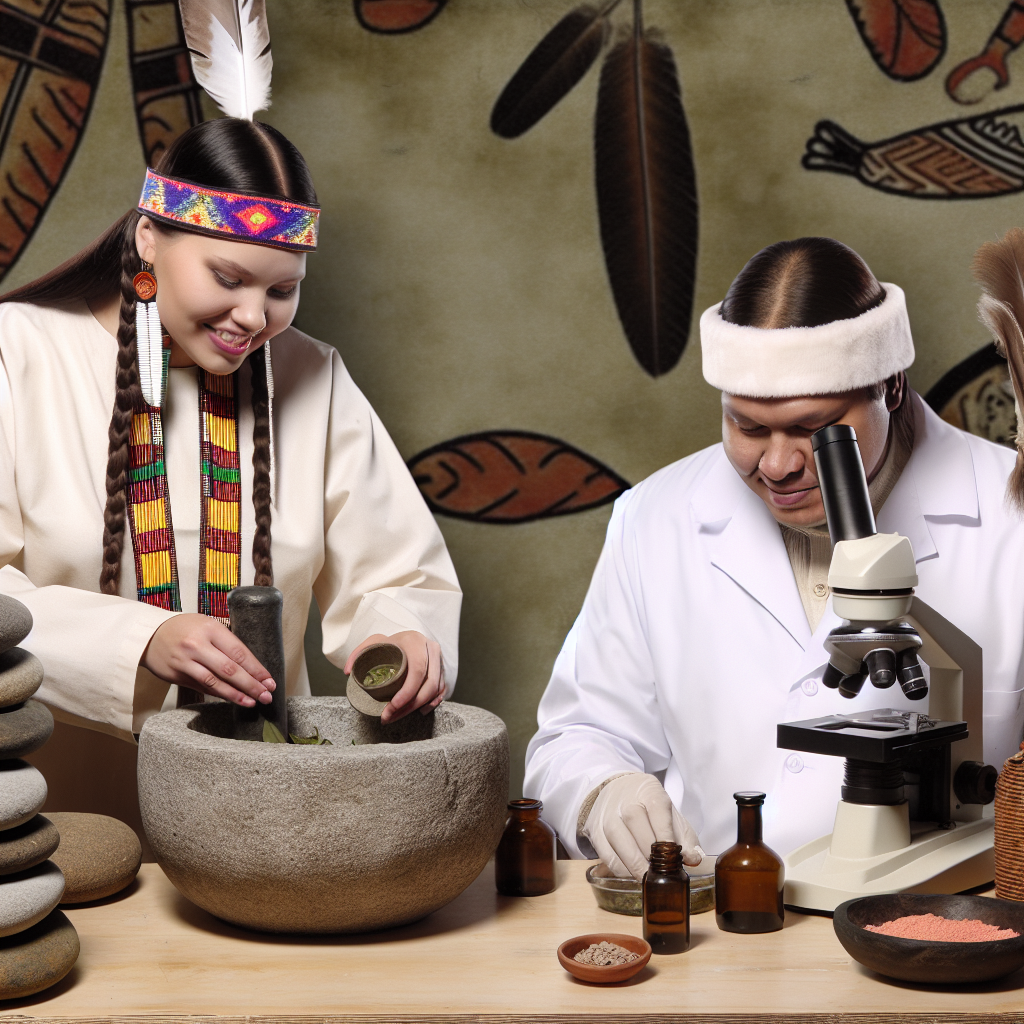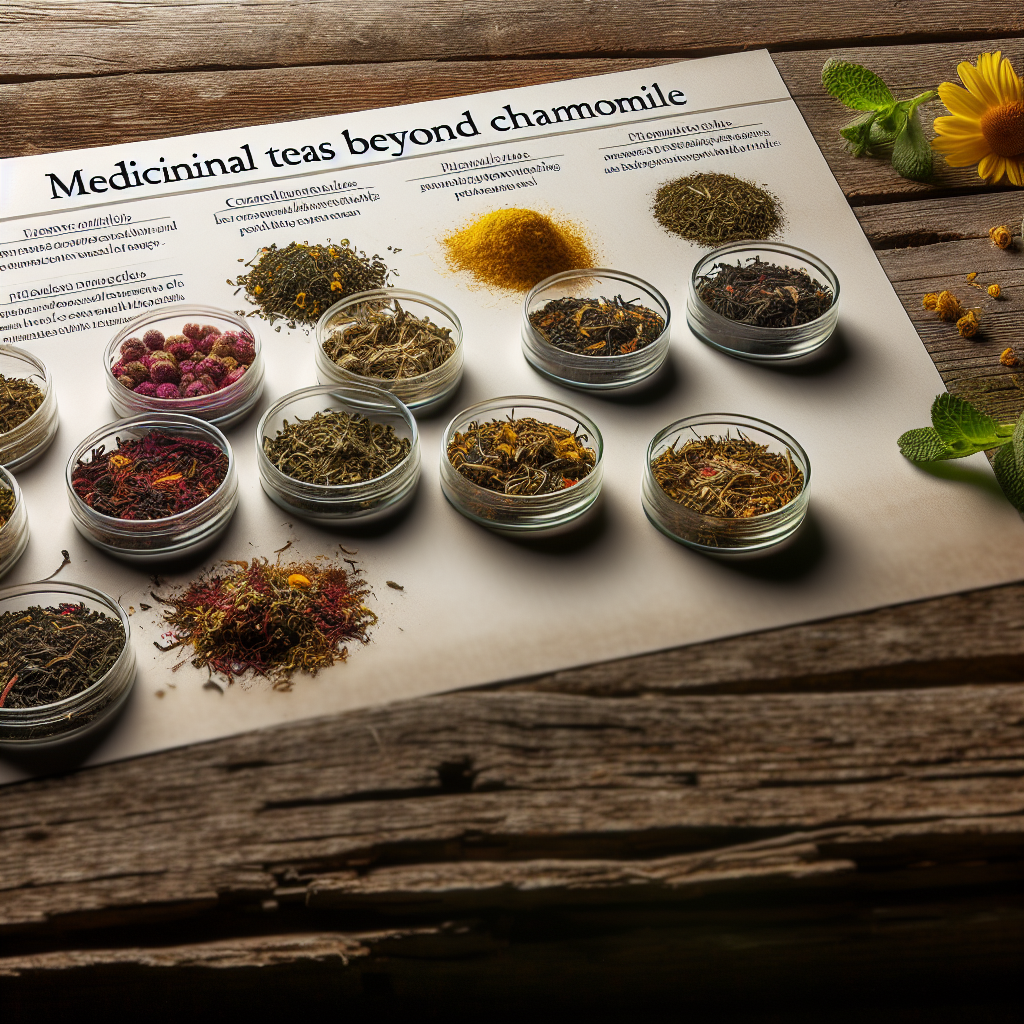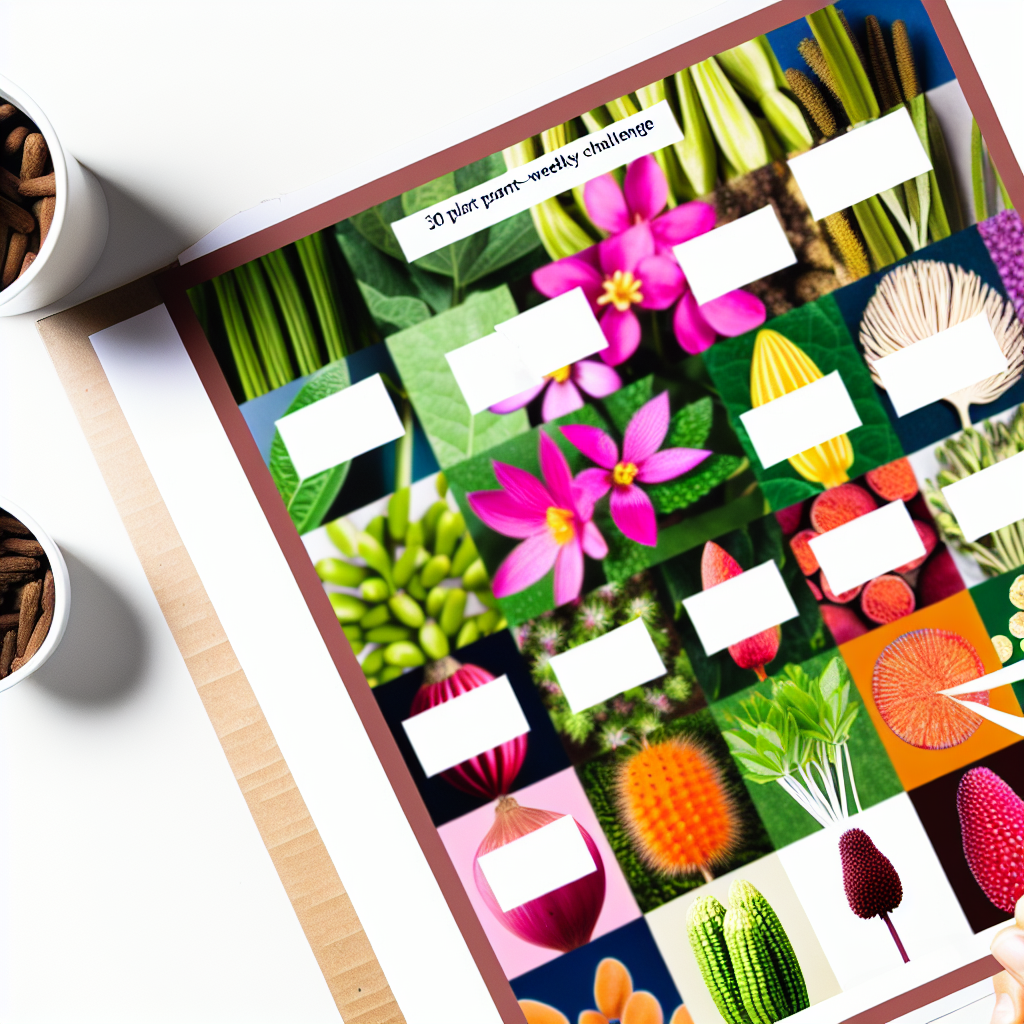Indigenous Medicine Systems: Modern Validation
Introduction
Indigenous medicine systems have been a cornerstone of healthcare for centuries, offering natural cures, homeopathic remedies, and herbal treatments that supported human well-being long before modern pharmaceuticals. These traditional healing systems—rooted in cultures from Ayurveda in India and Traditional Chinese Medicine (TCM) to Native American and African healing practices—utilize nature’s bounty to maintain harmony in the body.
For generations, indigenous medicine was dismissed by the scientific community as unverified or even superstitious. However, modern research has begun to uncover the scientific validity behind many of these natural remedies. Compounds from plants used in these traditional healing systems are now the focus of pharmacological studies, and holistic treatment approaches that prioritize balance and preventative care are increasingly recognized as complementary to modern medicine.
One reason indigenous medicine is gaining modern recognition is the growing awareness of the limitations and side effects of synthetic pharmaceuticals. As consumers and researchers look for alternatives with fewer side effects and long-term sustainability, natural remedies and plant-based solutions are stepping into the spotlight. The integration of these ancestral practices with contemporary healthcare—often referred to as integrative medicine—has led to a resurgence in interest, prompting both private and public health initiatives to explore their efficacy.
Scientific advancements in analytical chemistry and biotechnology have enabled researchers to understand the mechanisms behind herbs previously used for centuries in indigenous medicine. The effectiveness of treatments like turmeric (used in Ayurveda for inflammation), ginseng (a staple of Traditional Chinese Medicine for energy), and echinacea (used by Native American tribes for immunity) is now backed by high-quality, peer-reviewed studies.
Additionally, the World Health Organization (WHO) has recognized the value of traditional medicine systems and has encouraged their integration into conventional healthcare. This acknowledgment has fueled studies that bridge ancient wisdom with modern science, ensuring that these powerful yet natural solutions receive the validation they deserve.
As we continue to explore the intersection of ancient wisdom and modern medicine, it is essential to assess indigenous medicine systems with a balanced perspective—one that respects tradition while applying scientific scrutiny. Let’s delve into how science is validating these ancient practices today.
Scientific Validation of Indigenous Medicine
Numerous medical and scientific studies have confirmed the effectiveness of various indigenous medicine practices, reinforcing what many traditional healers have known for generations. Below are some specific examples demonstrating the increasing validation of these natural treatments.
Turmeric in Ayurveda: The Anti-Inflammatory Power of Curcumin
One of the most well-known examples of modern science validating indigenous medicine is curcumin, the active compound in turmeric. Ayurveda has used turmeric for thousands of years to address inflammation and digestive disorders. A study published in *The Journal of Medicinal Food* found that curcumin exhibits strong anti-inflammatory and antioxidant properties, making it as effective as certain pharmaceutical anti-inflammatories but with fewer side effects (Gupta et al., 2013).
Traditional Chinese Medicine and Ginseng: A Natural Energy Booster
Ginseng, a staple herb in Traditional Chinese Medicine, has long been used for energy enhancement and cognitive function. A systematic review published in *The Cochrane Library* found that Panax ginseng can improve cognitive performance in healthy individuals and reduce fatigue (Geng et al., 2010). These findings align with its long-standing use among Chinese herbal practitioners.
Echinacea in Native American Medicine: Nature’s Immunity Booster
Echinacea, traditionally used by Native American tribes to boost immunity, has also been evaluated in modern clinical settings. A meta-analysis published in *The Lancet Infectious Diseases* found that echinacea supplements can reduce the risk of developing colds by 58% and shorten the duration of symptoms by 1.4 days (Shah et al., 2007). These results corroborate its traditional use for immune support.
Devil’s Claw in African Medicine: A Natural Remedy for Inflammation
Devil’s Claw, an herb traditionally used in African medicine for joint pain and inflammation, has garnered attention in modern studies. Research published in *Phytomedicine* demonstrated that Devil’s Claw extracts significantly reduce pain in individuals with osteoarthritis and lower back pain, making it a viable alternative to nonsteroidal anti-inflammatory drugs (Chrubasik et al., 2004).
The World Health Organization’s Support for Indigenous Medicine
The World Health Organization (WHO) has actively supported the research and validation of traditional medicine. In its *Traditional Medicine Strategy 2014-2023*, the WHO has emphasized the importance of integrating traditional medical approaches into healthcare systems worldwide. The strategy encourages further scientific exploration while advocating for the safe and sustainable use of traditional remedies (WHO, 2014).
By recognizing the pharmacological basis of these natural remedies and subjecting them to rigorous clinical trials, modern science is bridging the gap between traditional wisdom and contemporary healthcare.
Conclusion: The Future of Integrative Medicine
Indigenous medicine systems have provided healing solutions for thousands of years, and modern science is finally validating many of these time-honored practices. Scientific studies continue to uncover the biochemical mechanisms behind herbal remedies that indigenous cultures have relied upon for generations. From Ayurvedic turmeric’s anti-inflammatory properties to Native American Echinacea’s immune-boosting benefits, each tradition contributes valuable insights to holistic health.
The integration of traditional medicine into modern healthcare demonstrates that science and ancient wisdom do not have to be at odds. Instead, they can complement each other, offering a more comprehensive approach to healing that respects both empirical evidence and cultural heritage. Governmental and scientific institutions, including the WHO, are increasingly advocating for this integrative approach, highlighting the necessity of both rigorous study and the preservation of traditional knowledge.
As research continues to evolve, the conversation around indigenous medicine will only grow stronger. By embracing the strengths of both traditional and modern medical practices, we can create a future where natural healing is validated, respected, and accessible to all.
References
– Gupta, S. C., Patchva, S., & Aggarwal, B. B. (2013). *Therapeutic roles of curcumin: lessons learned from clinical trials.* Journal of Medicinal Food, https://www.liebertpub.com/doi/10.1089/jmf.2013.29023.guo.
– Geng, J., Dong, J., Ni, H., Lee, M. S., Wu, T., Jiang, K., & Wang, G. (2010). *Ginseng for cognition.* The Cochrane Library, https://www.cochranelibrary.com/.
– Shah, S. A., Sander, S., White, C. M., Rinaldi, M., & Coleman, C. I. (2007). *Echinacea for preventing and treating the common cold.* The Lancet Infectious Diseases, https://www.thelancet.com/journals/laninf/article/PIIS1473-3099(07)70255-3/fulltext.
– Chrubasik, S., Roufogalis, B. D., Wagner, H., & Chrubasik, C. (2004). *Devil’s Claw and its anti-inflammatory properties.* Phytomedicine, https://www.sciencedirect.com/science/article/abs/pii/S0944711304711225.
– WHO. (2014). *Traditional Medicine Strategy 2014-2023.* https://www.who.int/publications/i/item/9789241506096.
Summary:
This article explores the growing scientific validation of indigenous medicine systems, which have provided natural cures and remedies for centuries. It discusses how modern research is uncovering the biochemical mechanisms behind herbal treatments used in Ayurveda, Traditional Chinese Medicine, Native American, and African healing practices. The article highlights specific examples, such as the anti-inflammatory properties of turmeric and the immune-boosting benefits of echinacea, and discusses the growing advocacy from the World Health Organization for the integration of traditional medicine with modern healthcare.

Dominic E. is a passionate filmmaker navigating the exciting intersection of art and science. By day, he delves into the complexities of the human body as a full-time medical writer, meticulously translating intricate medical concepts into accessible and engaging narratives. By night, he explores the boundless realm of cinematic storytelling, crafting narratives that evoke emotion and challenge perspectives.
Film Student and Full-time Medical Writer for ContentVendor.com




